
Deutsch-Chinesische Enzyklopädie, 德汉百科
 Lazio
Lazio
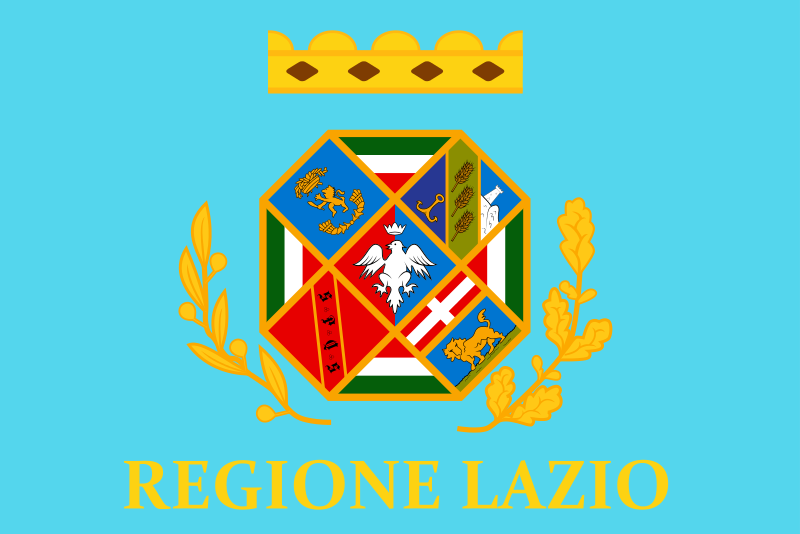
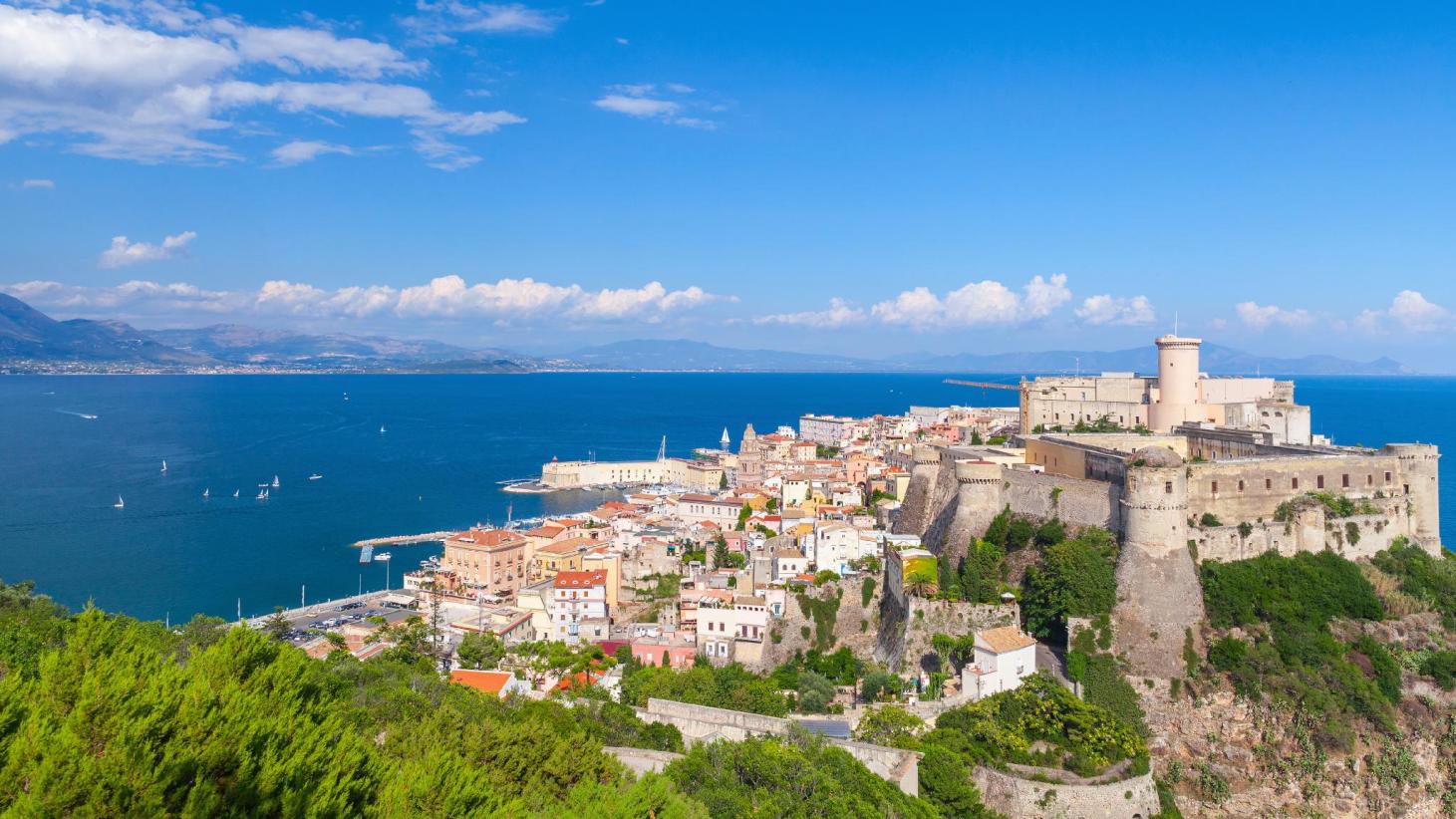







Gestore dei Servizi Energetici - GSE S.p.A. ist eine 1999 gegründete italienische Aktiengesellschaft, die sich zu 100 % im Besitz des Wirtschafts- und Finanzministeriums befindet und mit der Förderung und Entwicklung von erneuerbaren Energiequellen und Energieeffizienz betraut ist.
Das Unternehmen erfüllt seine Aufgaben im Einklang mit den strategischen und operativen Leitlinien des Ministeriums für wirtschaftliche Entwicklung und der Regulierungsbehörde für Energienetze und Umwelt und unterliegt der Kontrolle des Rechnungshofs.
Die GSE spielt eine zentrale Rolle bei der Schaffung wirtschaftlicher Anreize für die Nutzung erneuerbarer Energiequellen in Italien sowie bei der Förderung von Energieeffizienz und einer Kultur der nachhaltigen Energienutzung.

 Abruzzo
Abruzzo

 Basilicata
Basilicata
 Belgium
Belgium

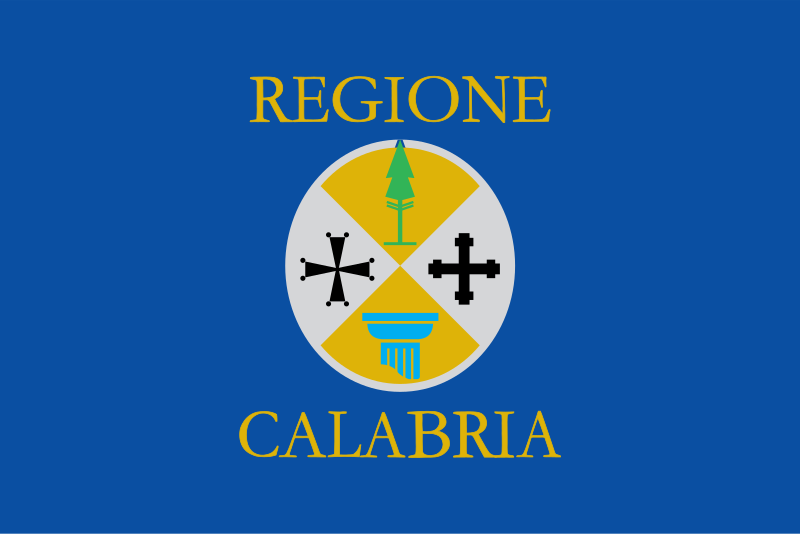 Calabria
Calabria

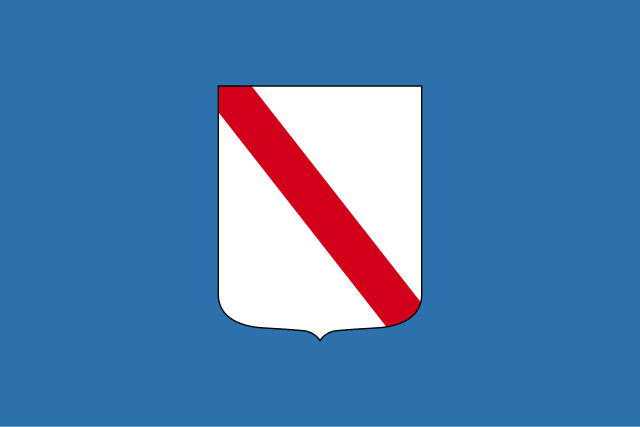 Campania
Campania
 Denmark
Denmark

 Emilia-Romagna
Emilia-Romagna
 France
France

 Friuli-Venezia Giulia
Friuli-Venezia Giulia
 Greece
Greece
 Israel
Israel
 Italy
Italy

 Lazio
Lazio

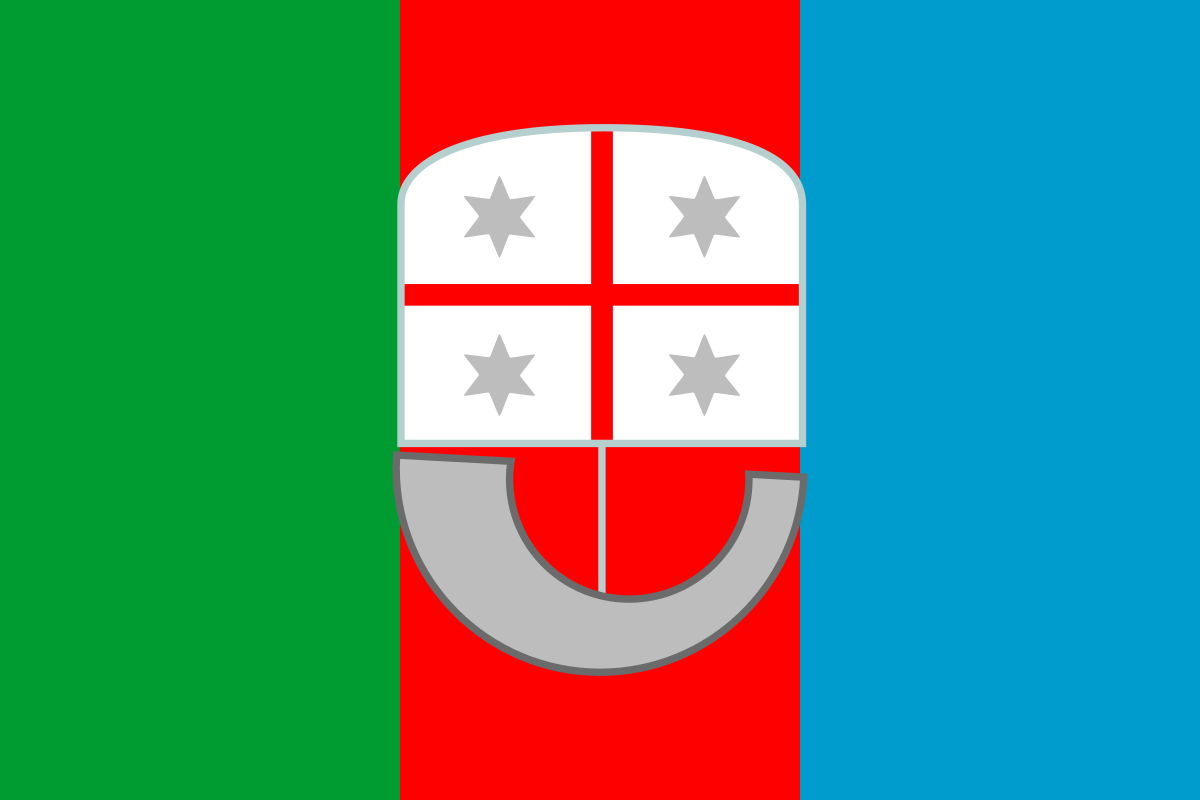 Liguria
Liguria

 Lombardia
Lombardia

 Marche
Marche

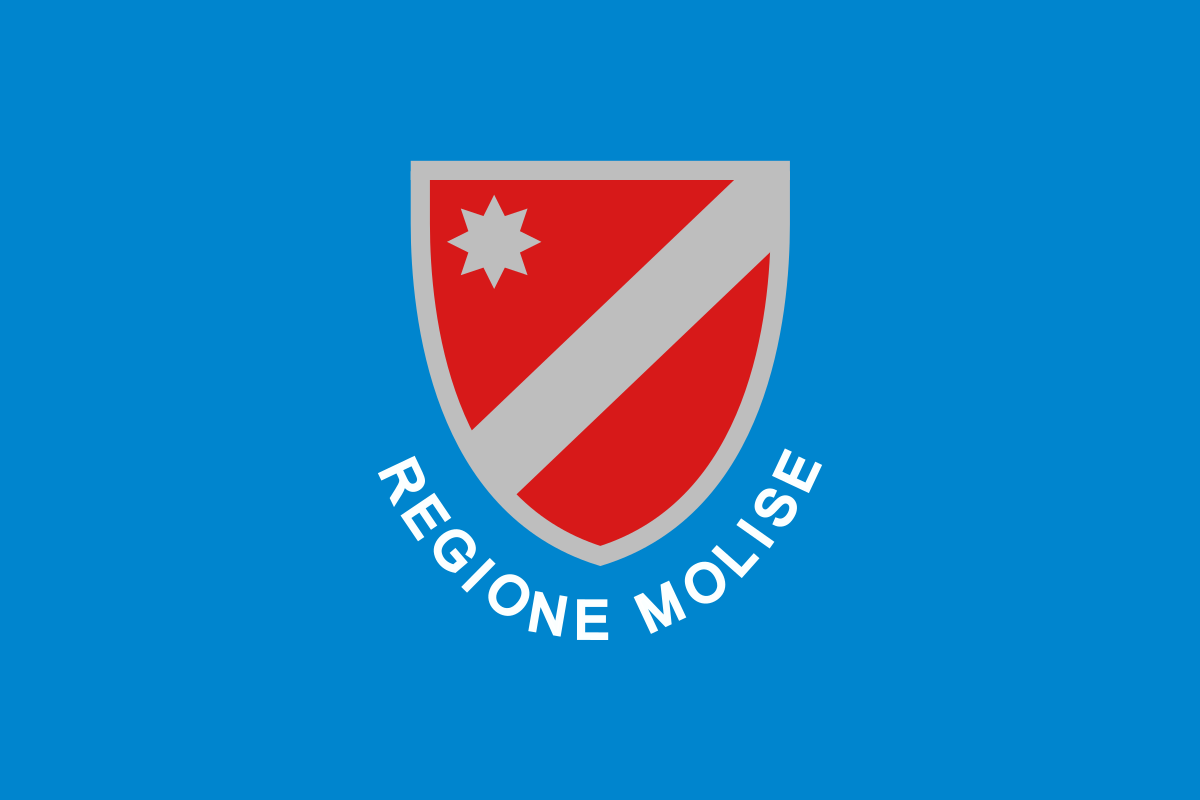 Molise
Molise
 Monaco
Monaco
 Netherlands
Netherlands
 Northern Ireland
Northern Ireland

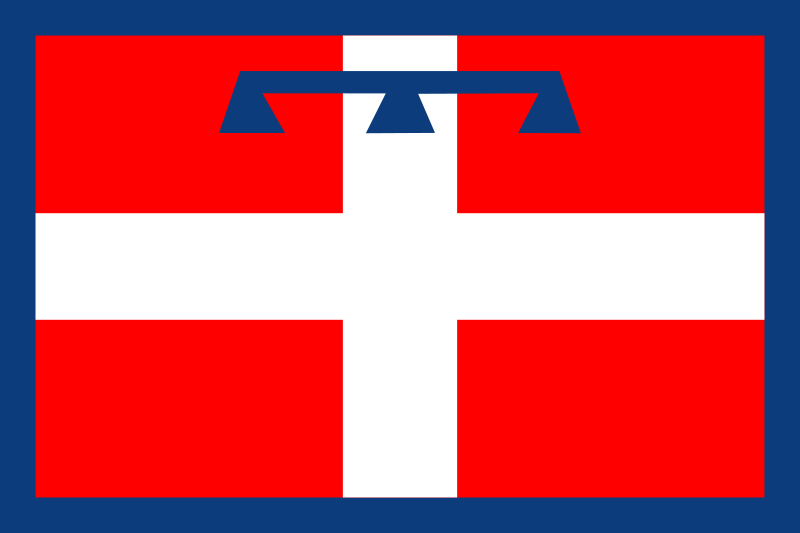 Piemonte
Piemonte

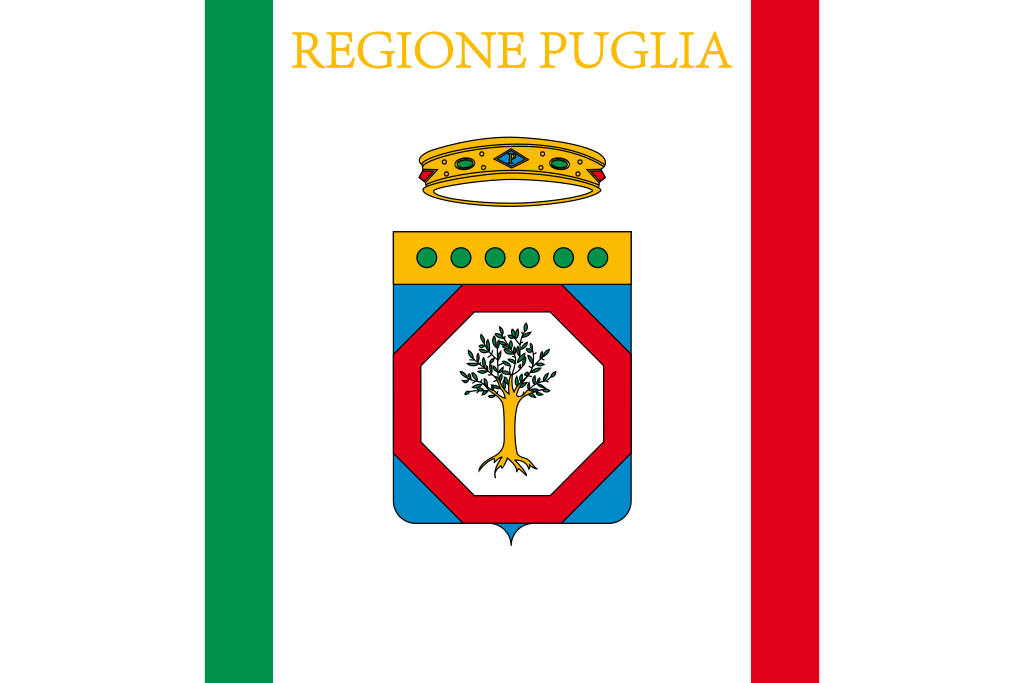 Puglia
Puglia
 San Marino
San Marino

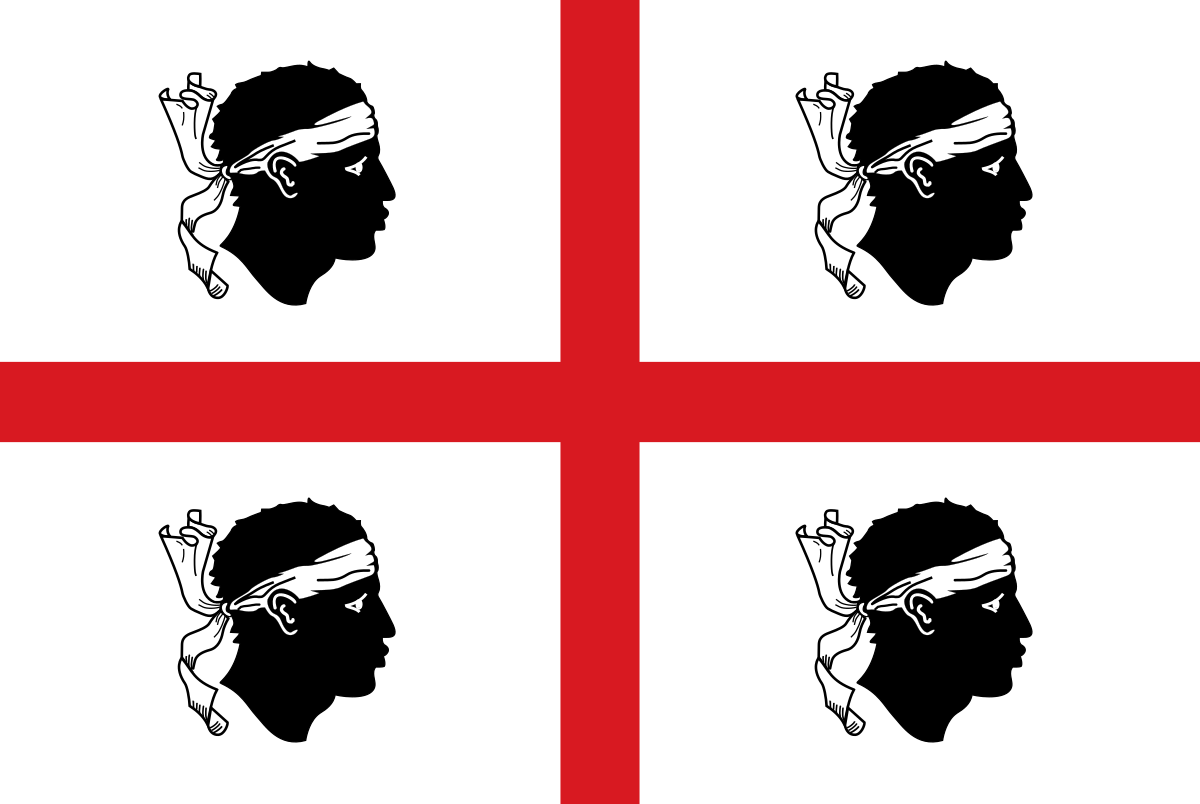 Sardegna
Sardegna

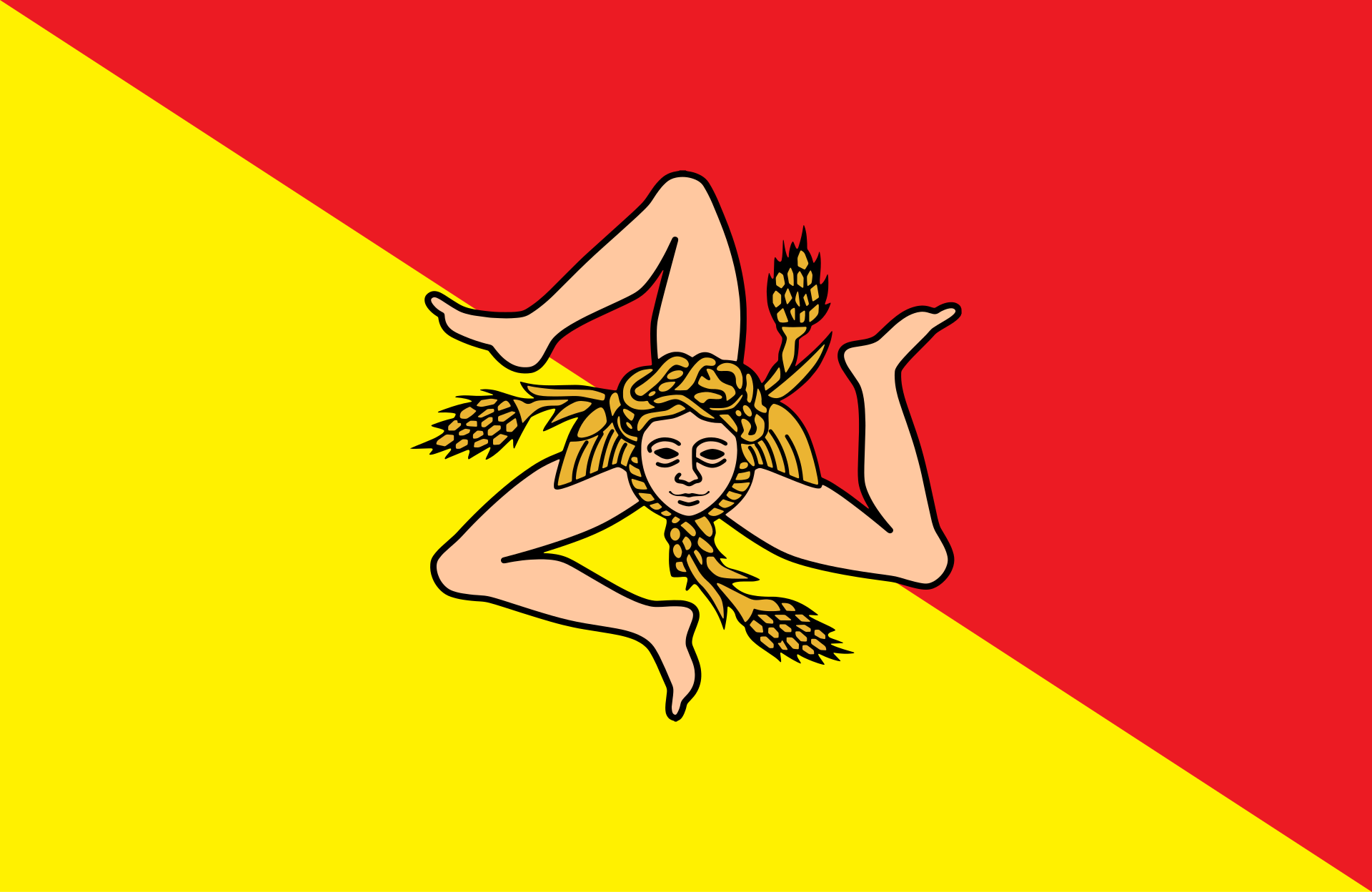 Sicilia
Sicilia

 Toscana
Toscana

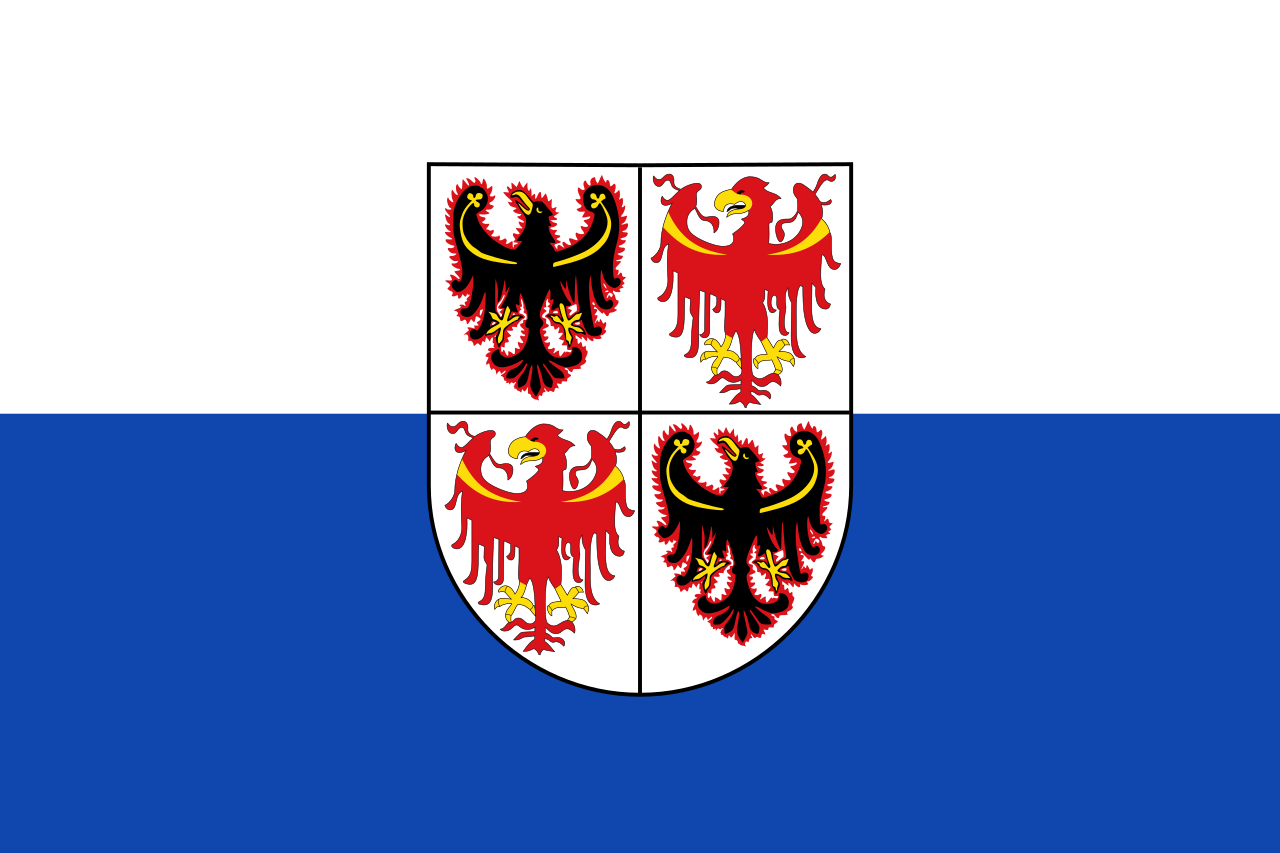 Trentino-Alto Adige
Trentino-Alto Adige
 UCI World Tour
UCI World Tour

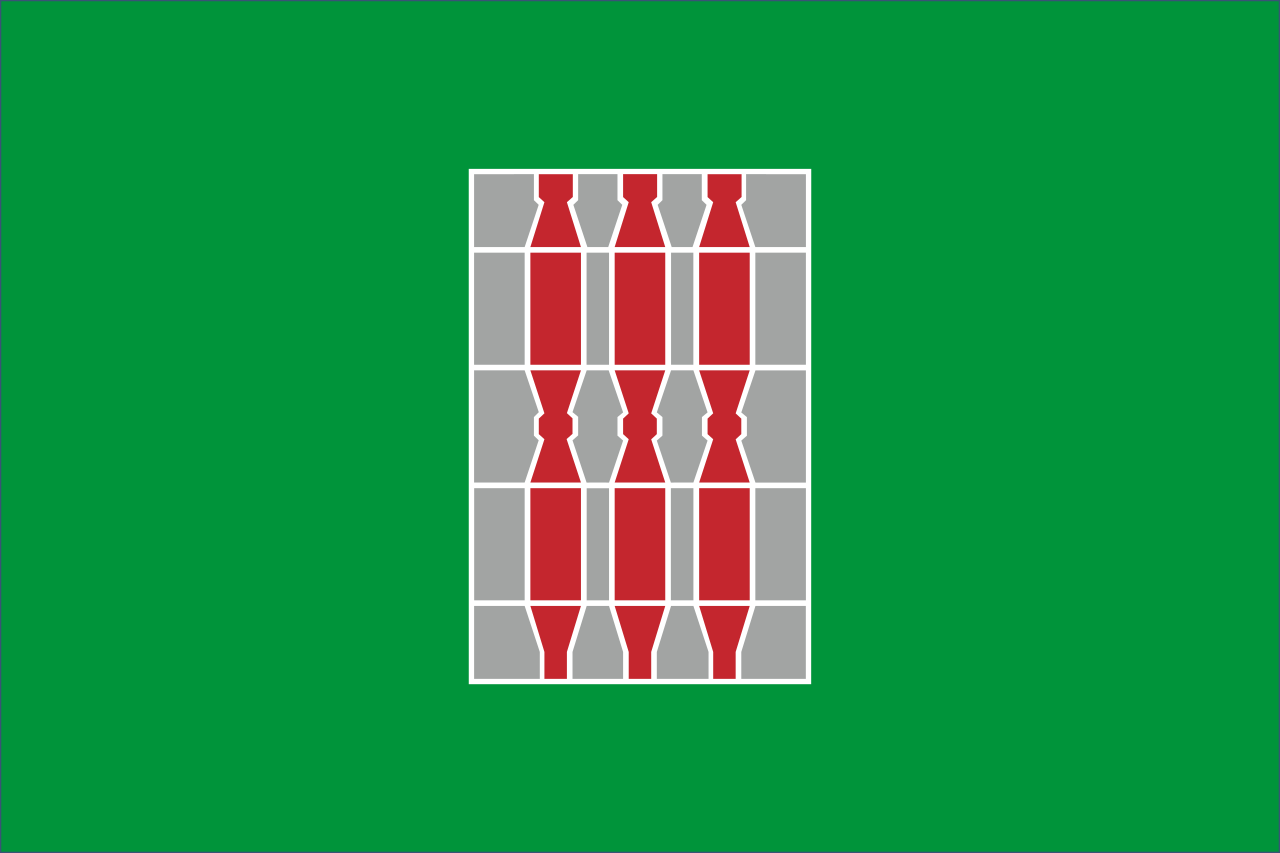 Umbria
Umbria

 Valle d´Aosta
Valle d´Aosta
 Vatican city
Vatican city

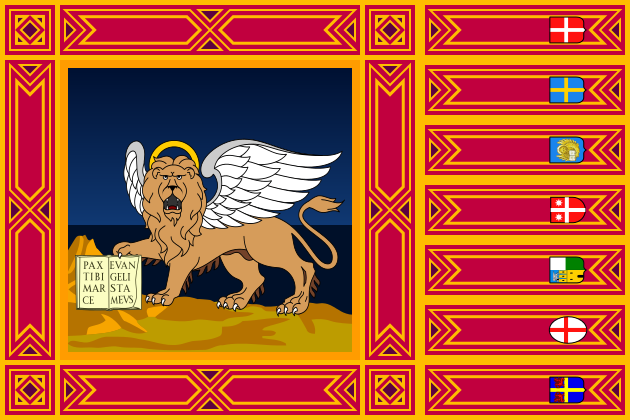 Veneto
Veneto
 United Kingdom
United Kingdom
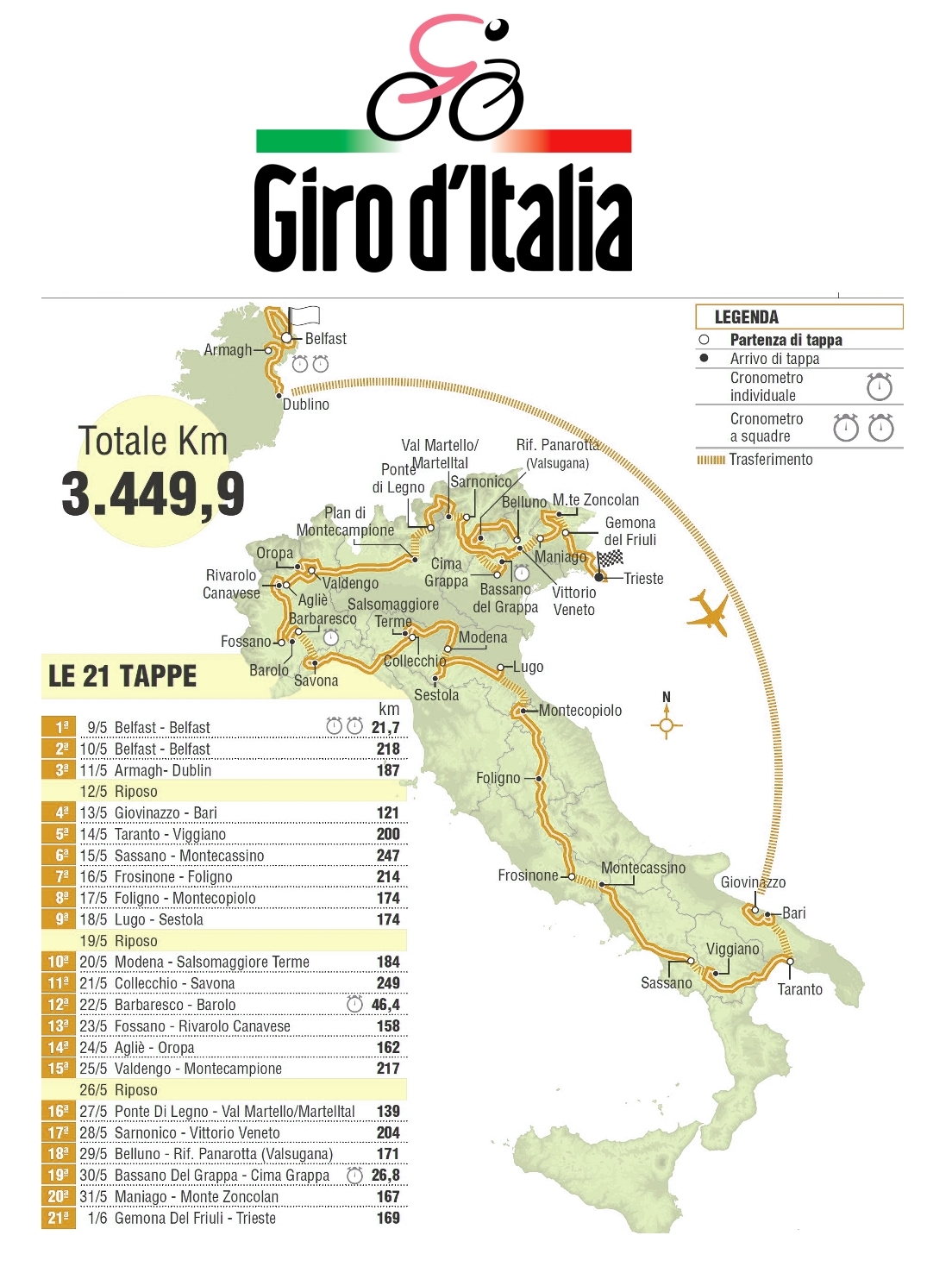

 California-CA
California-CA

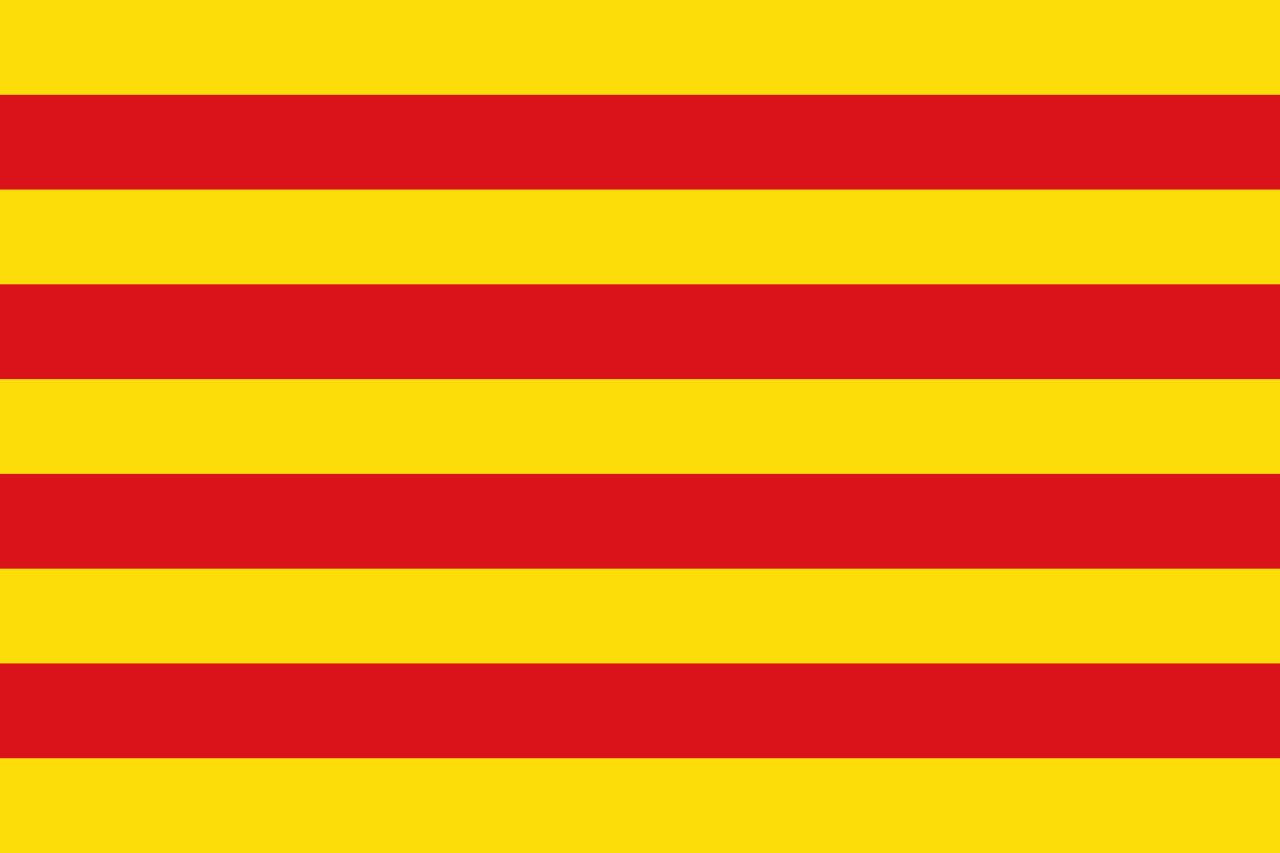 Cataluña
Cataluña
 England
England

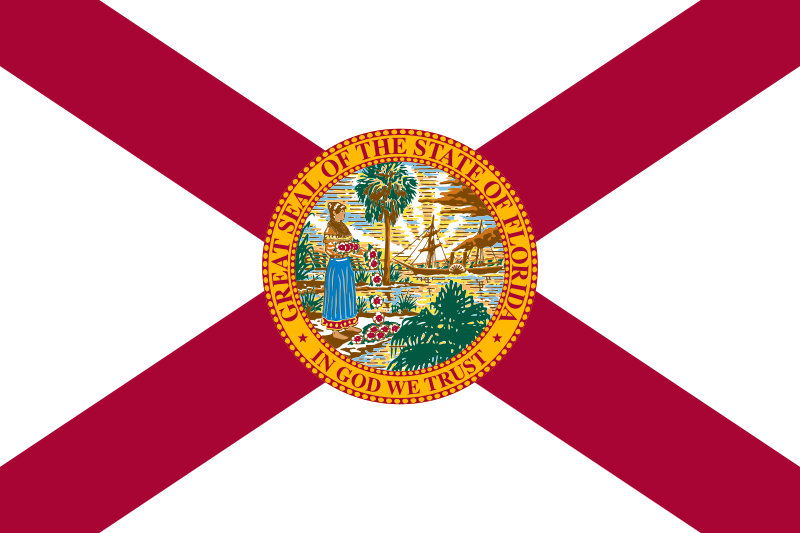 Florida-FL
Florida-FL

 Ile-de-France
Ile-de-France

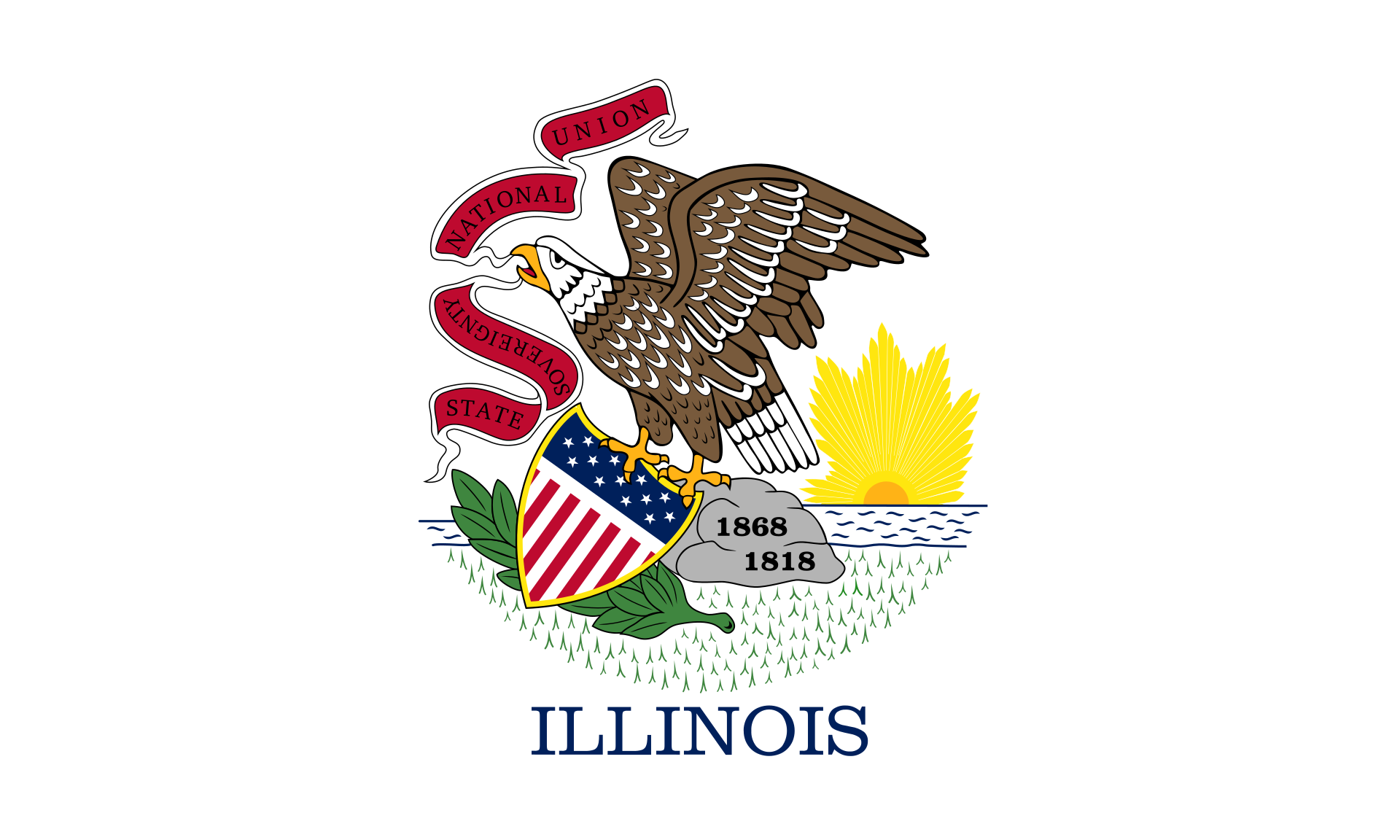 Illinois-IL
Illinois-IL
 Kinki
Kinki

 Lazio
Lazio

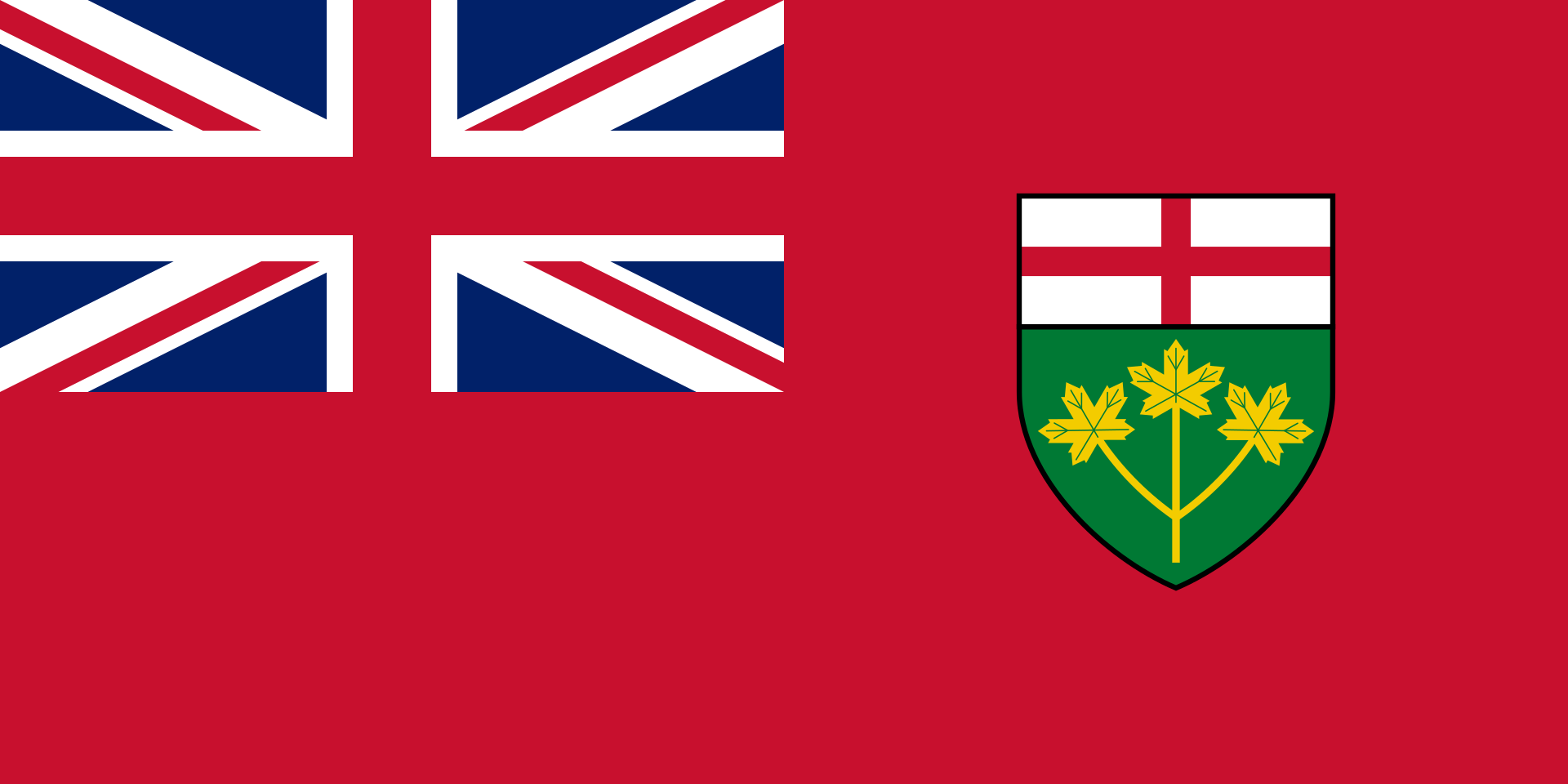 Ontario-ON
Ontario-ON
 Switzerland
Switzerland

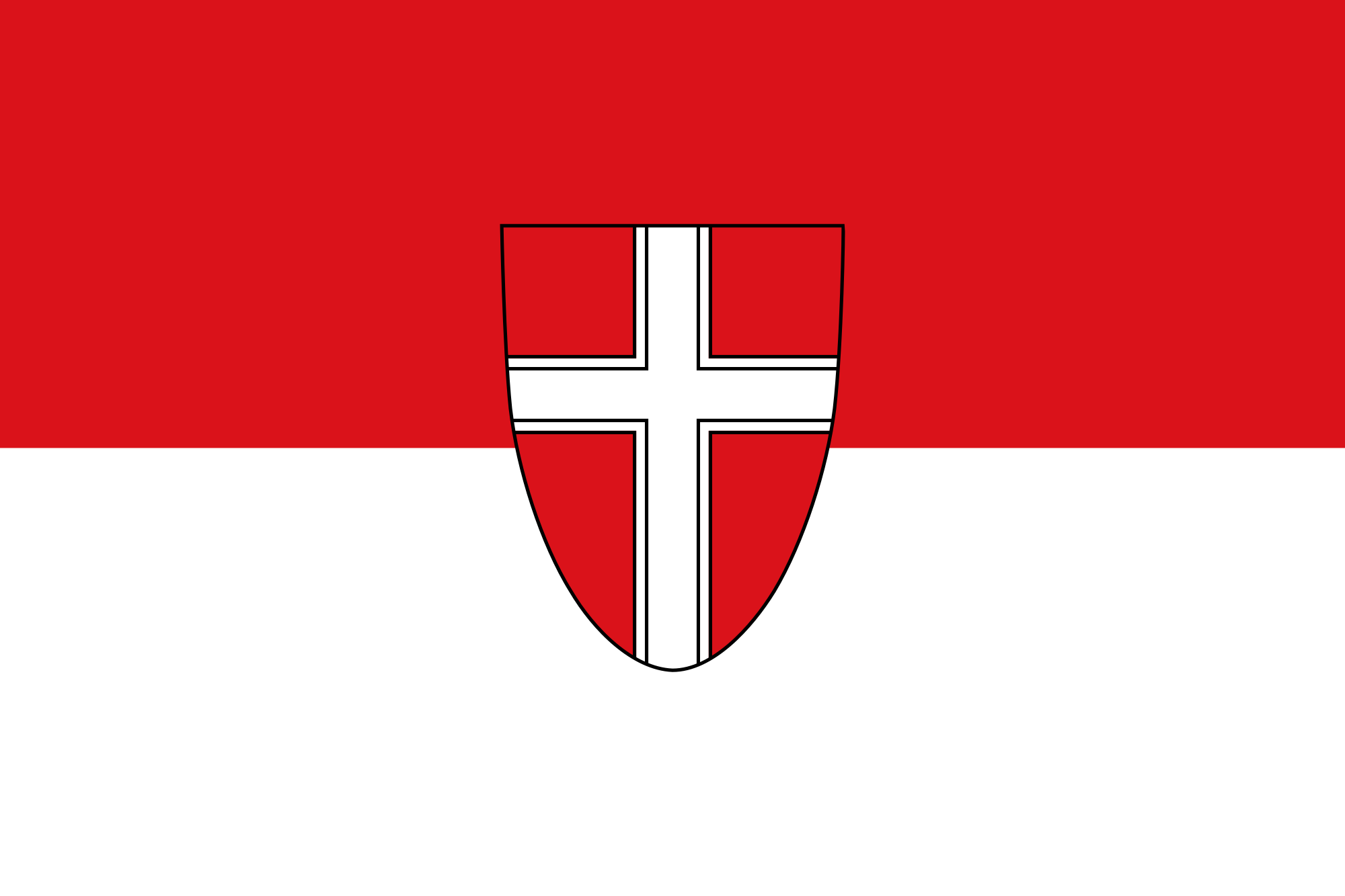 Vienna
Vienna


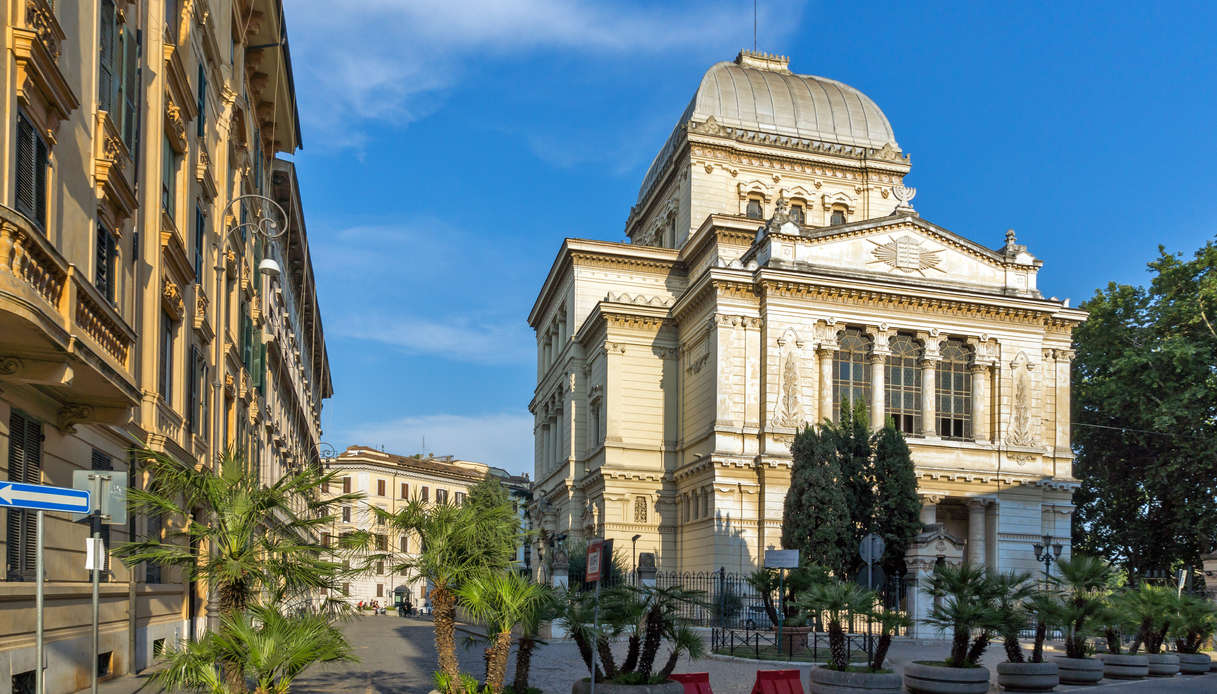
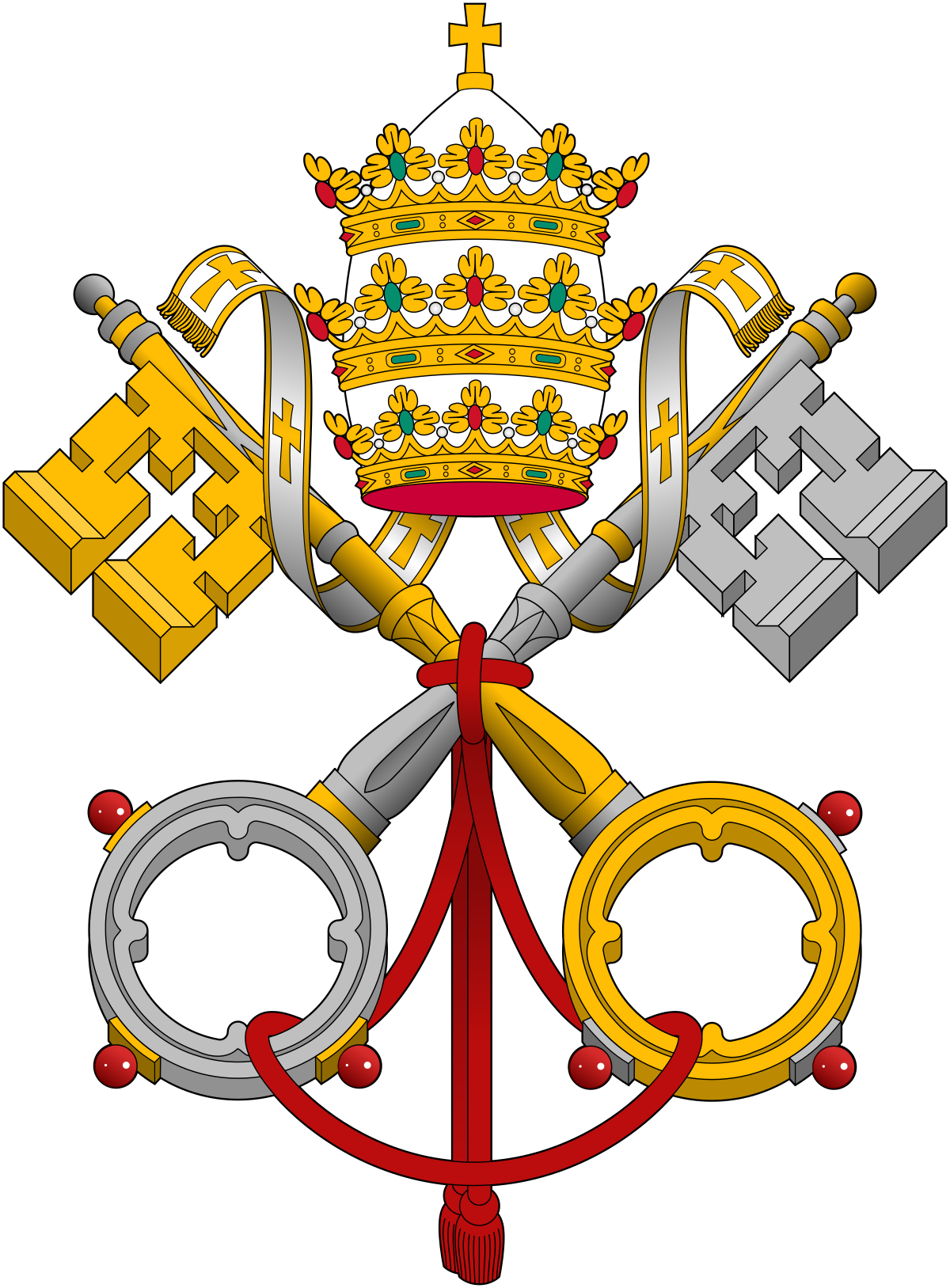
圣座(拉丁语:Sancta Sedes;意大利语:Santa Sede;拉丁语发音:[ˈsaŋkta ˈsedes])是罗马主教(即教宗)的教务职权,也是天主教会内超乎众教座之上的主教教座。就此,从外交上和其他方面而言,圣座之言行代表了整个天主教会,也获国际法的其他主体视为主权实体,由教宗领导,可与其缔结外交关系[注 1]。其行政机构统称为罗马教廷(中文常直称为“教廷”),为天主教会的运行和达到其目标而不断进行协调并提供所需的组织保障。
由于圣座的所在地及现今之主权管辖范围为梵蒂冈城国,各界常以“梵蒂冈”代称圣座;但严格来说,圣座不同于梵蒂冈城国,后者迟至1929年方才出现,而圣座的历史可远溯至基督教会发展早期。在国际关系中,各国大使不是获梵蒂冈城国而是获圣座所接受;圣座向各国和国际组织派出的外交代表处或使节,是代表圣座而非所谓梵蒂冈城国[3]。
Der Heilige Stuhl (lateinisch Sancta Sedes), auch Apostolischer Stuhl (lateinisch Apostolica Sedes), Päpstlicher Stuhl oder Stuhl Petri, ist der bischöfliche Stuhl der Diözese Rom. Als „nichtstaatliche souveräne Macht“ bildet er ein eigenes Völkerrechtssubjekt und vertritt in internationalen Beziehungen den Staat Vatikanstadt und die römisch-katholische Kirche. Neben dem Papst als personale Repräsentation gehören zum Heiligen Stuhl auch die Verwaltungseinrichtungen der Römischen Kurie.[1]
Die Verflechtungen zwischen Heiligem Stuhl, Vatikanstadt, Papsttum und römisch-katholischer Kirche sind weitreichend und nicht immer genau auseinanderzuhalten. Im umgangssprachlichen Gebrauch sind mit Vatikan meist der Heilige Stuhl beziehungsweise dessen Verwaltungsorgane gemeint.
Die Bezeichnung „Stuhl“ leitet sich von der Kathedra des Bischofs ab, ein seit der Antike überliefertes Symbol der Vollmacht eines öffentlichen Amtsträgers. Der Bischofssitz in Rom wird auf die legendenhafte Gründung einer ersten christlichen Gemeinde durch den Apostel Petrus zurückgeführt, weshalb diesem im gesamten Christentum eine besondere Stellung zukommt (Papstprimat, Pentarchie). In der Alten Kirche wurde die Bezeichnung heiliger Stuhl synonym zu bischöflicher Stuhl für jeden Bischofssitz verwendet, erst später hat sie sich auf den besonders bedeutsamen römischen Bischofsstuhl fokussiert und wird seit dem 19. Jahrhundert nahezu ausschließlich auf diesen bezogen.[2]
聖座(せいざ、ラテン語: Sancta Sedes, 英語: Holy See)とは、ローマ・カトリック教会の用語[1]で、ローマ教皇(教皇)が持つ権威(または職権)のうち、最高のものとされるもの。カトリック教会においてこの権威は、首位権および不可謬性が成り立つと考えられている。ただし、単に裁治権においての首位を有する権威を指す場合はローマ使徒座として区別される[要出典]。語源的にはローマ教皇の着座式に由来している[2]。
ただし、「聖座」との日本語訳は専ら日本のカトリック教会によってローマ教皇庁を指すものとして使われるが、英語: Holy See(「聖なる主教座」の意)は、東方諸教会の総主教、カトリコスによっても使われる称号である[3][4][5]。
ローマカトリック内にあっても、マインツ大司教はドイツ語: Heilige Stuhl、すなわち「聖座」との称号を有しているが[6]、カトリック教会内で単に「聖座」と言った場合は、ローマ教皇を指す。
日本の外務省では、法王聖座という用語を用い、ローマ教皇及びローマ教皇庁を総称した概念としている。また、バチカンは、ローマ教皇を国家元首とする独立国家であるバチカン市国と、法王聖座との総称であるとしている[7]。国際連合においてバチカンを代表する国際連合総会オブザーバーとしての名義も聖座(Holy See)とされている。
The Holy See (Latin: Sancta Sedes, Ecclesiastical Latin: [ˈsaŋkta ˈsedes]; Italian: Santa Sede [ˈsanta ˈsɛːde]), also called the See of Rome, refers to the jurisdiction of the Bishop of Rome, known as the pope, which includes the apostolic episcopal see of the Diocese of Rome with universal ecclesiastical jurisdiction of the worldwide Catholic Church, as well as a sovereign entity of international law.
Founded in the first century by Saints Peter and Paul, by virtue of Petrine and papal primacy according to Catholic tradition, it is the focal point of full communion for Catholic Christians around the world. As a sovereign entity, the Holy See is headquartered in, operates from, and exercises "exclusive dominion" over the independent Vatican City State enclave in Rome, Italy, of which the pope is sovereign. It is organized into polities of the Latin Church and the 23 Eastern Catholic Churches, and their dioceses and religious institutes.
The Holy See is administered by the Roman Curia (Latin for Roman Court), which is the central government of the Catholic Church.[6][7] The Roman Curia includes various dicasteries, comparable to ministries and executive departments, with the Cardinal Secretary of State as its chief administrator. Papal elections are carried out by the College of Cardinals.
Although the Holy See is sometimes metonymically referred to as the "Vatican", the Vatican City State was distinctively established with the Lateran Treaty of 1929, between the Holy See and Italy, to ensure the temporal, diplomatic, and spiritual independence of the papacy.[citation needed] As such, papal nuncios, who are papal diplomats to states and international organizations, are recognized as representing the Holy See not the Vatican City State, as prescribed in the Canon law of the Catholic Church; and therefore the integrity of the Catholic Church along with its 1.3 billion members. The Holy See is thus viewed as the central government of the Catholic Church.[7] The Catholic Church, in turn, is the largest non-government provider of education and health care in the world.[8] The diplomatic status of the Holy See facilitates the access of its vast international network of charities.
The Holy See maintains bilateral diplomatic relations with 172 sovereign states, signs concordats and treaties, and performs multilateral diplomacy with multiple intergovernmental organizations, including the United Nations and its agencies, the Council of Europe, the European Communities, the Organization for Security and Co-operation in Europe, and the Organization of American States.[9][10]
Le Saint-Siège, ou Siège apostolique, est une personne morale représentant le pape et la curie romaine1. C'est un sujet de droit international qui entretient des relations diplomatiques avec les États et qui est membre d'organisations internationales ou y est représenté1.
Son existence remonte à celle de la papauté ainsi qu'à la structuration, à partir du XIe siècle, de la curie romaine et d'une diplomatie pontificale. Celle-ci a d'abord été faite de relations diplomatiques entre le pape et les souverains, rois et empereurs, puis avec les États modernes à mesure de leur constitution dans l'histoire. Sur le plan du droit international, le Saint-Siège existe aujourd'hui comme « sujet de droit primaire » à l'égal des États, c'est-à-dire qu'il est reconnu par les États mais ne doit pas son existence à cette reconnaissance1.
L'existence du Saint-Siège est liée à la personne du pape et non pas à un territoire. Ainsi, le Saint-Siège est resté un sujet de droit international entre 1870, date de la fin des États pontificaux, et 1929, date de l'instauration de l'État du Vatican par les accords du Latran. Le Saint-Siège et le Vatican sont deux entités distinctes bien qu'elles aient l'une et l'autre le pape à leur tête1. Le Vatican se compose du Saint-Siège, entité spirituelle et l’État de la cité du Vatican, entité temporelle. Le lien entre ces deux entités est le pape, chef du spirituel et du temporel, disposant du pouvoir absolu (exécutif, législatif et judiciaire)2. Les représentants du Saint-Siège auprès des États et des organismes internationaux sont les nonces ou des délégués apostoliques. L'annuaire pontifical 2009 indique que ce corps diplomatique compte 177 nonces et 8 délégués apostoliques.
La Santa Sede (o Sede Apostolica) è l'ente, dotato di personalità giuridica in diritto internazionale, preposto al governo della Chiesa cattolica.
La Santa Sede è una delle antiche cinque sedi apostoliche, delle quali è la maggiore; fa capo al papa, attualmente il Sommo Pontefice Francesco, al secolo Jorge Mario Bergoglio, e nei periodi in cui la sede papale è vacante per morte o rinuncia del Papa, la Santa Sede viene governata dal Sacro Collegio.
Secondo il codice di diritto canonico, «con il termine Santa Sede o Sede Apostolica [...] si intende il supremo organo di governo della Chiesa cattolica»[1], e cioè
- in senso stretto, l'ufficio proprio del Papa, il quale, secondo il can. 331, «in forza del suo ufficio, ha potestà ordinaria suprema, piena, immediata e universale sulla Chiesa»;
- in senso largo, l'insieme degli organismi attraverso cui il Pontefice governa la Chiesa cattolica, ossia la Curia romana.[2]
«Col nome di Sede Apostolica o Santa Sede si intendono nel codice non solo il Romano Pontefice, ma anche, se non risulta diversamente dalla natura della questione o dal contesto, la Segreteria di Stato, il Consiglio per gli Affari Pubblici della Chiesa e gli altri Organismi della Curia Romana.»
Dal punto di vista di diritto internazionale, la Santa Sede è un'entità distinta dallo Stato della Città del Vaticano, che è il territorio di 0,44 km² su cui la Santa Sede esercita la sovranità. Lo Stato della Città del Vaticano ha natura di Stato patrimoniale con la finalità di dare indipendenza e sovranità alla Santa Sede e ha quindi funzione strumentale alla missione della Santa Sede. La sua sovranità è dunque limitata.[3][4]
Le ambasciate estere, infatti, sono accreditate presso la Santa Sede e non presso lo Stato della Città del Vaticano, poiché quest'ultimo non gode di piena sovranità internazionale. La Santa Sede gode della sovranità nelle relazioni internazionali quale caratteristica relativa alla sua natura in conformità alle sue tradizioni e alle richieste della sua missione. La minima base territoriale è detta necessaria per garantire una sufficiente autonomia dei suoi organi istituzionali.
L'Italia, in forza dell'articolo 3 del Trattato Lateranense stipulato nel 1929, riconosce alla Santa Sede la «piena proprietà esclusiva ed assoluta potestà e giurisdizione sovrana» sulla Città del Vaticano.[3]
Secondo una sentenza della Corte di Cassazione italiana la situazione giuridica della Santa Sede è espressa in questi termini:
«Alla Santa Sede, nella quale si concentra la rappresentanza della Chiesa cattolica e dello Stato della Città del Vaticano, è stata riconosciuta la soggettività internazionale ad entrambi i titoli e quest'ultima non è venuta meno neppure nel periodo in cui era cessata la titolarità di qualsiasi potere statuale.»
La Santa SedeNota 1 (en latín, Sancta Sedes) es la sede del obispo de Roma, el papa, que ocupa un lugar preeminente entre las demás sedes episcopales de la Iglesia católica; constituye el gobierno central de la Iglesia,2 por quien actúa y habla, y es reconocida internacionalmente como una entidad soberana.3 La Santa Sede es a su vez la expresión con la que se alude a la posición del papa como cabeza suprema de la Iglesia católica,2 cuyos orígenes se remontan a los primeros tiempos del cristianismo.
La Santa Sede se encuentra formada por el papa y los distintos organismos de la Curia Romana.4 El papa se sirve de la Curia y tramita por medio de ella los asuntos eclesiales, por lo que esta realiza su labor en nombre y bajo la autoridad del sumo pontífice, para el correcto funcionamiento de la Iglesia y el logro de sus objetivos.5 La Curia Romana está compuesta por un grupo de instituciones, denominadas genéricamente dicasterios,6 entre los que se encuentran la Secretaría de Estado, las Congregaciones, los Tribunales y los Consejos pontificios.
La Curia Romana tiene la función de ayudar al papa en su gobierno de la Iglesia universal y de las iglesias particulares; no tiene, sin embargo, una misión pastoral específica para la diócesis de Roma, por lo que para las necesidades espirituales de la diócesis existe el vicariato de Roma, frente al que se sitúa el cardenal vicario, que gobierna el territorio italiano de dicha diócesis con potestad vicaria del sumo pontífice. Para el territorio concreto de la Ciudad del Vaticano, dentro de la misma diócesis, existe otro vicariato a cuyo frente se encuentra otro vicario general.7
La personalidad jurídica de la Santa Sede le permite mantener relaciones diplomáticas con otros Estados, firmar tratados y enviar y recibir representantes diplomáticos, algo que se remonta a varios siglos atrás. Ya desde finales del siglo XV comenzó a recibir con cierta estabilidad enviados diplomáticos, y en el siglo XVI empezaron a constituirse representaciones permanentes.2 En la actualidad, además, participa en organismos internacionales como las Naciones Unidas.8
La Santa Sede posee plena propiedad y soberanía exclusiva sobre la Ciudad del Vaticano,2 un Estado establecido en 1929, tras la firma de los Pactos de Letrán, con el objeto de ser instrumento de la independencia de la Santa Sede y de la Iglesia católica respecto a cualquier otro poder externo.9 De forma abstracta, además de ser la Santa Sede el supremo gobierno y representación de la Iglesia, también lo es de la Ciudad del Vaticano.Nota 2 Otros territorios fuera de la Ciudad del Vaticano también cuentan con estatus de extraterritorialidad en favor de la Santa Sede.
Свято́й Престо́л[1], или Папский Престол (лат. Sancta Sedes, итал. la Santa Sede), — официальное собирательное название Папы Римского и Римской курии.
Святой Престол является суверенным субъектом в статусе persona sui generis. Святой Престол также владеет собственной вспомогательной суверенной территорией, городом-государством Ватикан, которая управляется от имени римского понтифика губернатором (называется президентом комиссии понтифика в Ватикане). Эту должность всегда занимает кардинал Римской курии, назначаемый папой.
Суверенитет Ватикана, подтверждённый в Латеранских соглашениях 1929 года с королевством Италия, проистекает от постоянного светского суверенитета Святого Престола, который насчитывает около полутора тысяч лет (установлен папой Григорием Великим в 601 году), являясь древнейшей суверенной единицей из существующих ныне в мире.
Суверенитет Святого Престола признан в международном праве как самостоятельный и совершенно не зависящий от наличия суверенной территории (persona sui generis). Все дипломатические отношения устанавливаются не с городом-государством Ватикан, а со Святым Престолом. Дипломатические миссии иностранных государств аккредитуются при Святом Престоле. Дипломатические миссии Святого Престола называются апостольскими нунциатурами и возглавляются апостольскими нунциями (статус чрезвычайного и полномочного посла) или апостольскими про-нунциями (статус чрезвычайного посланника и полномочного министра). Святой Престол является постоянным наблюдателем при ООН.
Святой Престол — теократическая выборная монархия, возглавляемая Папой Римским, избираемым конклавом (коллегией кардиналов) пожизненно. Папа Римский имеет три нераздельные функции:
- Как светский суверен в статусе монарха (с квалификацией суверенного князя);
- Как римский епископ он является главой католической церкви и её высшим правящим иерархом;
- Как суверен города-государства Ватикан (вспомогательной территории в статусе суверенного княжества).
Правительством Святого Престола является Римская курия, которая состоит из государственного секретариата (разделённого на две секции — общих дел и иностранных дел), комиссий и конгрегаций.
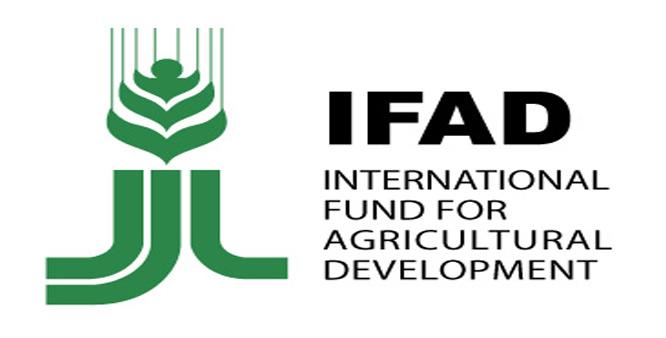
 *Think tanks in Italy
*Think tanks in Italy

 European Union
European Union

 Financial
Financial
 *Italy economic data
*Italy economic data

 Lazio
Lazio

 Party and government
Party and government
 *Think Tank
*Think Tank

 Economy and trade
Economy and trade
 Economic and political research
Economic and political research

 International cities
International cities
 Art
Art
 Architecture
Architecture
 Museum
Museum
 Energy resource
Energy resource
 Sport
Sport
 Medical, Pharmaceutical, Rehabilitation
Medical, Pharmaceutical, Rehabilitation
 Ships and Nautics
Ships and Nautics
 Companies
Companies
 Religion
Religion
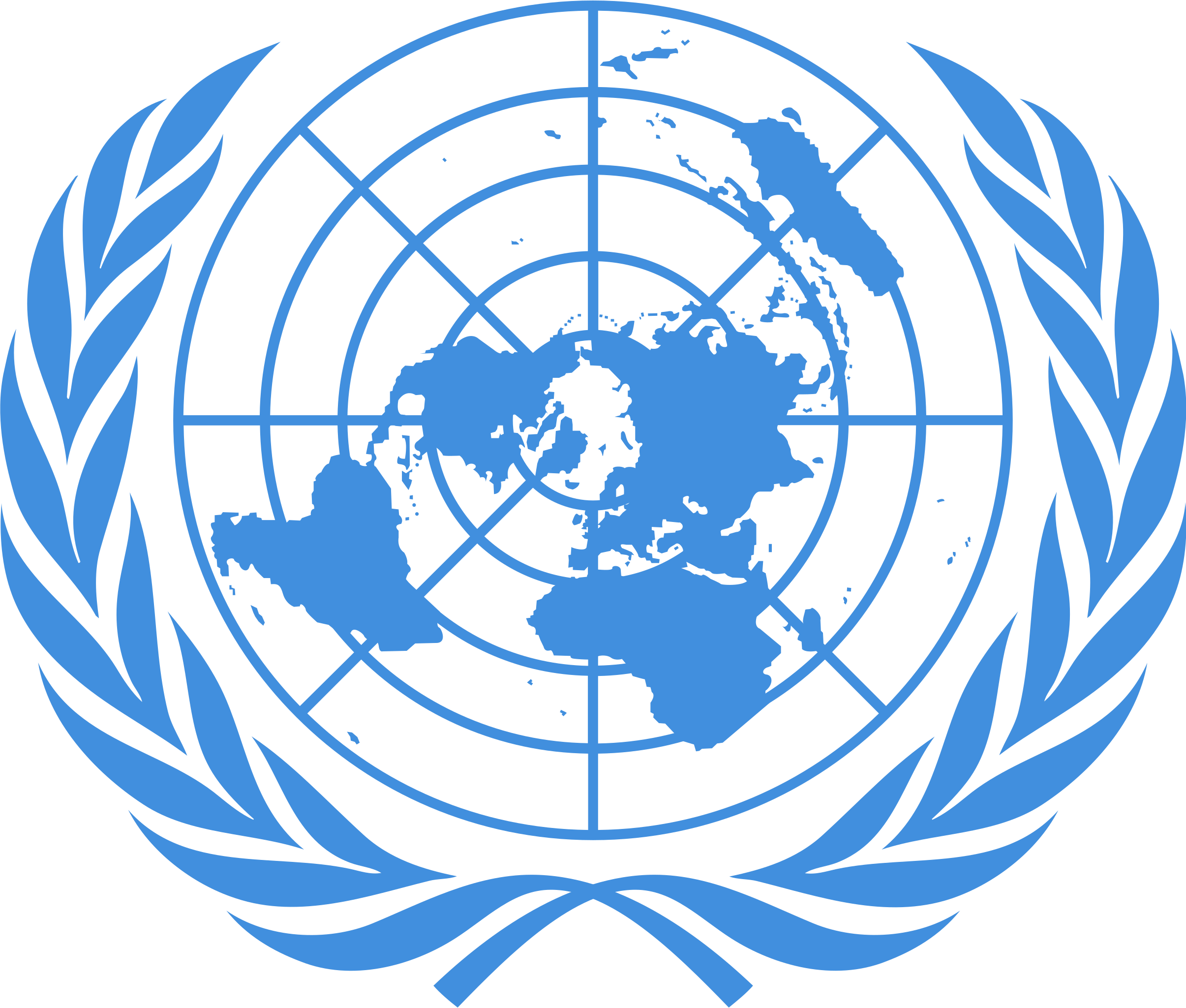 United Nations
United Nations